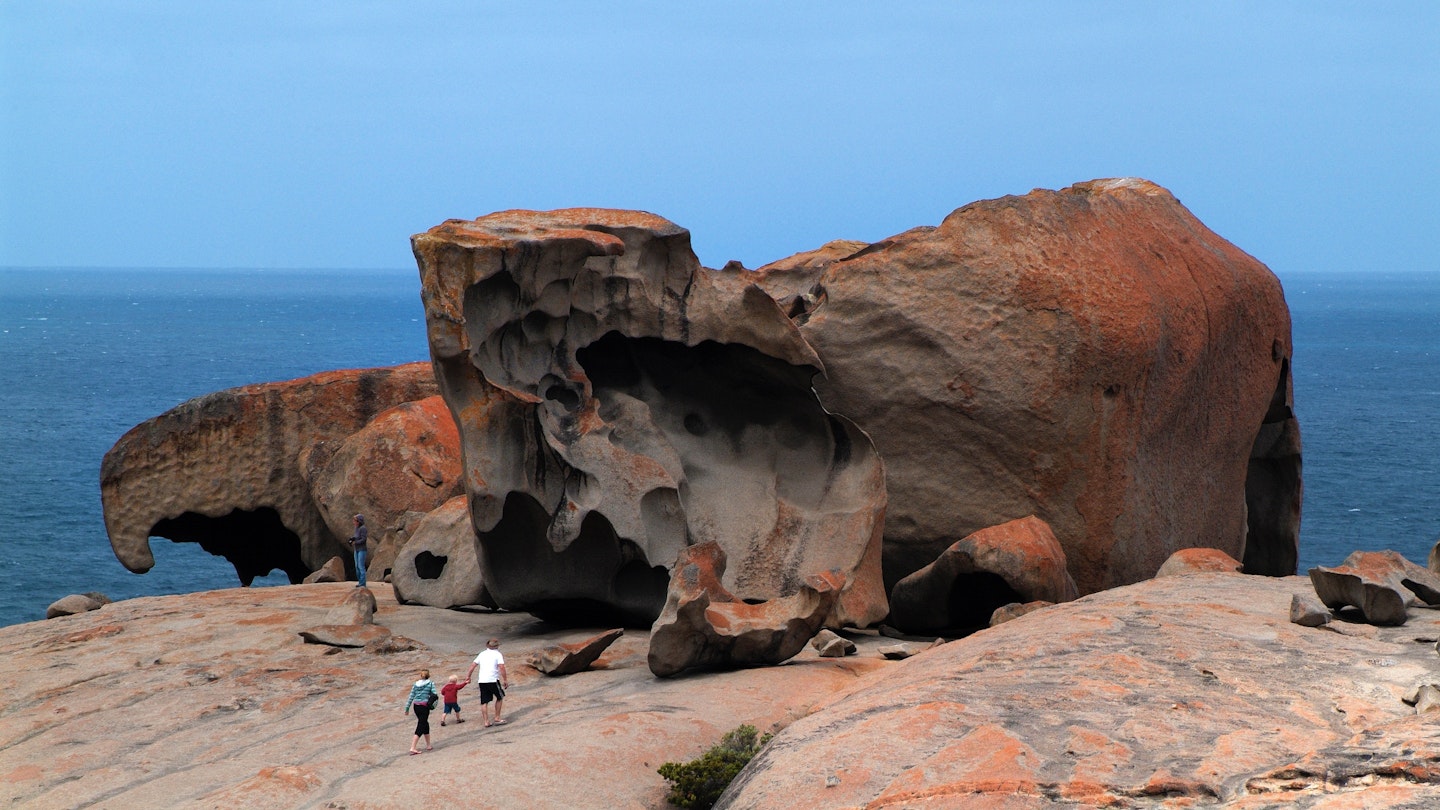Discovering the Resilience of Kangaroo Island, Australia
Kangaroo Island is a place where visitors can truly experience the natural splendors of Australia. Over the years, the destination has bounced back remarkably from severe challenges like bushfires and COVID-19, similar to the rejuvenation of its unique flora and fauna. Eco-minded travelers will currently find more sustainable offerings than ever.
Natural Beauty and Diverse Ecosystem
Located eight miles off the coast of South Australia, the island showcases breathtaking landscapes encompassing forests, desert dunes, cliffs, ravines, beaches, and lagoons. This stunningly diverse habitat supports iconic Australian wildlife, including kangaroos and koalas, as well as lesser-known species like echidnas and dunnarts.
Additionally, the pristine coastal waters are rich with marine life, providing ample opportunities for diving enthusiasts. Snorkelers might even spot endemic sea dragons while exploring the cool underwater world. Consequently, Kangaroo Island is not only a haven for wildlife but also an ideal destination for nature lovers and adventure seekers.
Impact of Bushfires and COVID-19 on Kangaroo Island
Kangaroo Island’s attractiveness is evident; however, the last three years have been challenging for its tourism-dependent businesses. The fire season of 2019–2020 witnessed devastating bushfires fueled by lightning strikes, scorching nearly half of the island’s lush landscape. Nature’s inherent capacity to regenerate has always been apparent, and some native flora actually thrives after burns.
In a parallel crisis, the pandemic forced Australia to close its borders on March 20, 2020. Consequently, Kangaroo Island’s tourism enterprises were challenged to navigate the repercussions of both natural disasters and health restrictions.
Astonishing Recovery of Kangaroo Island
Despite the obstacles, Kangaroo Island has demonstrated extraordinary resilience. Within 48 hours post-fires, a rock-like fungus started growing on the ash, enhancing soil quality and facilitating the growth of various plant species. The lack of invasive species, such as rabbits, allowed for an unhindered regeneration process.
The tight-knit community of around 5,000 residents collaborated to support one another, helping rebuild homes and restore livelihoods. Within two years, the region experienced a resurgence, with efforts being made to revive tourism infrastructure lost during the crisis.
Commitment to Sustainable Tourism
However, recovery is just part of the story; there is a renewed focus on establishing sustainable practices within the tourism sector. Donations poured in globally after the fires, aiding wildlife conservation efforts and allowing scientists to establish research sites for tracking the island’s unique biodiversity.
Local businesses are making strides towards ecotourism initiatives through programs that engage visitors in sustainable practices. Efforts such as citizen science allow tourists to contribute valuable data about the island’s ecology while enhancing their travel experience.
What to Expect on Your Visit
Today, Flinders Chase National Park is thriving, showcasing vibrant vegetation and offering wheelchair-friendly trails that enable access to landmarks like Remarkable Rocks and Admirals Arch. Wildflowers now carpet the landscape, providing a picturesque backdrop for outdoor enthusiasts.
Visitors can hike through scenic trails accompanied by the enchanting sounds of local birdlife, witnessing the stunning views along the coast once again. The remnants of the fires, symbolized by blackened tree branches, will gradually fade as nature reclaims its territory, further enhancing the island’s allure.




